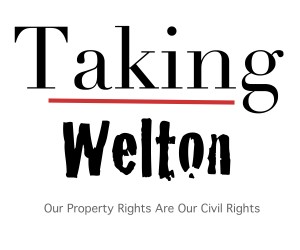PROPERTIES WERE SEIZED AND A NEIGHBORHOOD RAZED IN THE NAME OF ‘ECONOMIC DEVELOPMENT’ THAT NEVER CAME
“”See that pole with the transformer hanging from it?” Michael Cristofaro asked me. “That was where my family’s home was.”
I looked up at a line of high telephone poles marching diagonally against a blanched winter sky across a vast, empty field—90 acres—that was entirely uninhabited and looked as though it had always been that way. New London, population 27,000, a rundown onetime whaling port on the Atlantic coast that never recovered after the whaling industry died at the end of the 19th century, is a desolate-looking city. Cristofaro, a 52-year-old New London-born computer network engineer, and I were in its most desolate neighborhood—actually, ex-neighborhood, for there was not a residential property left standing on the entire tract. Just below us lay the mouth of Connecticut’s Thames River (unlike in London, “Thames” rhymes with “James,” and the “th” is pronounced as in “thumb”) where it joins the northerly end of the Long Island Sound. An icy New England January wind—cold enough to freeze the ink in my ballpoint pen into a gray, spidery scrawl as I scribbled notes—ripped across the only signs of life, actually former life, on the deserted incline: waist-high dead weeds, probably the remains of the goldenrod, yarrow, pokeweed, and high grass that grow everywhere during warm months on the North Atlantic coast.”
Allen, Charlotte. Common Sense and Wonder 4 February 2014.
